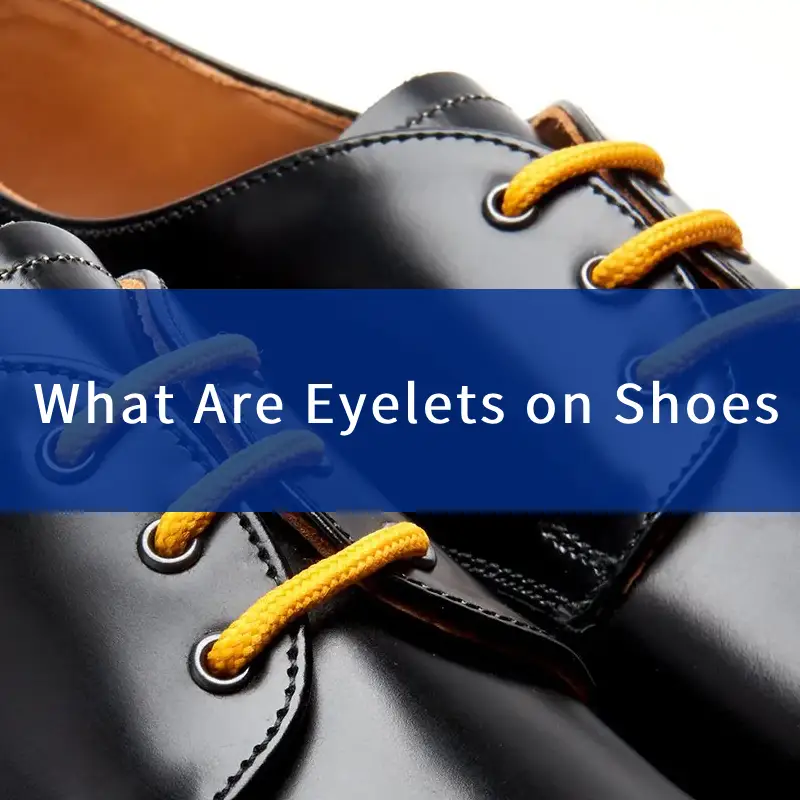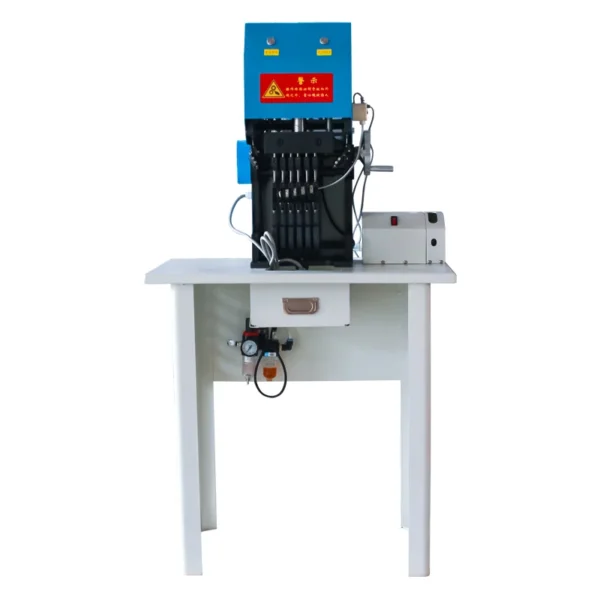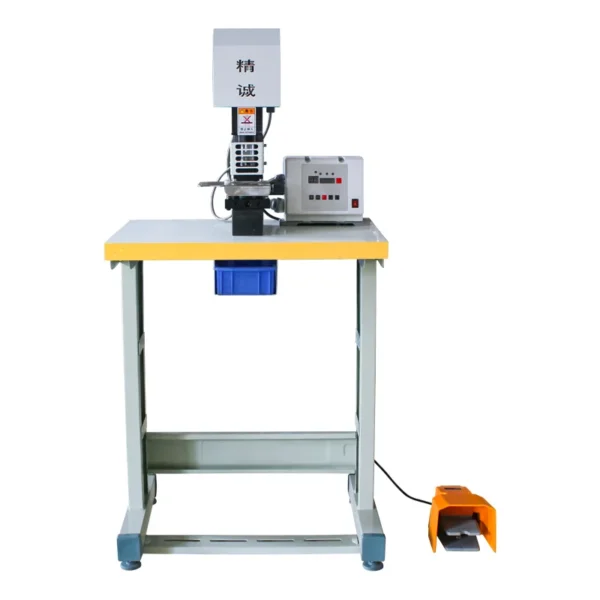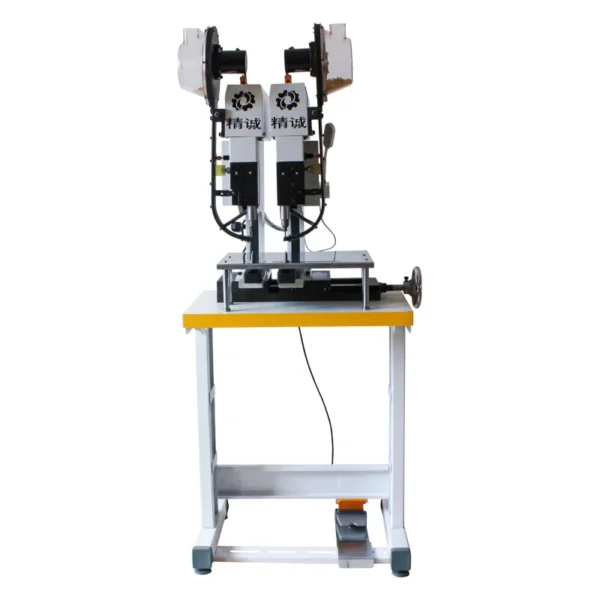What Are Eyelets on Shoes?
When it comes to footwear, the small details often have the most significant impact. One of these often-overlooked features is the eyelet. Eyelets are the small metal or reinforced holes in shoes through which the laces pass. But there’s much more to eyelets than just being a functional part of your shoe’s lacing system.
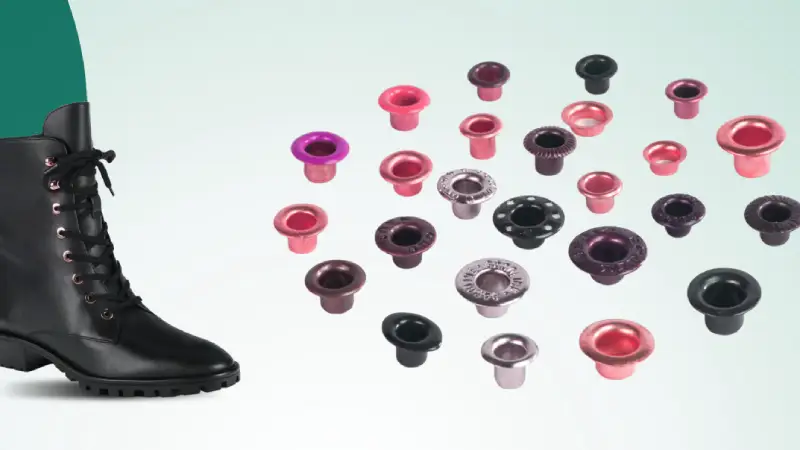
In this article, we’ll explore everything you need to know about eyelets on shoes—from their history and materials to their role in shoe design and maintenance.
Eyelets in Footwear Design
The History and Evolution of Eyelets in Shoes
Eyelets have been an essential part of shoe design for centuries. The first recorded use of eyelets dates back to the 18th century, primarily in boots and shoes requiring laces to hold them securely. Before the advent of eyelets, shoemakers used stitching or rudimentary holes to lace shoes. These early methods, however, weren’t as durable or reliable as modern-day eyelets.
As shoe designs evolved, so did the need for stronger, more functional ways to lace footwear. The introduction of metal eyelets in the 19th century marked a major turning point in footwear construction. These sturdy, round holes helped distribute pressure evenly across the laces, improving both the fit and longevity of shoes. Today, eyelets come in various materials, shapes, and sizes, depending on the style and function of the shoe.
The Material of Eyelets
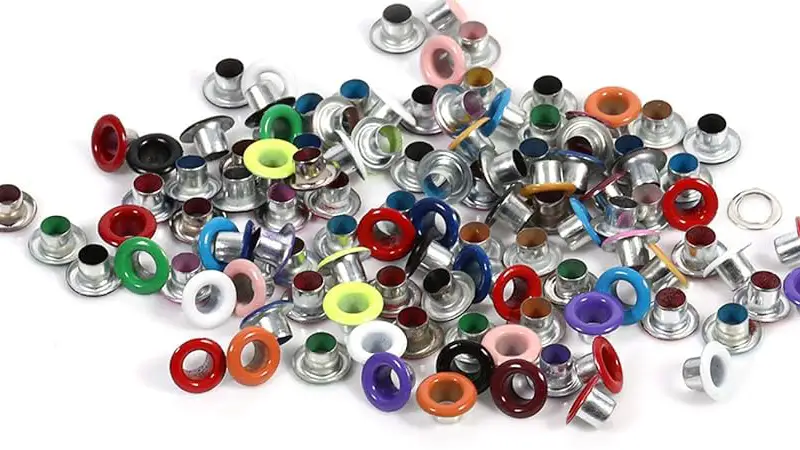
Eyelets can be made from a wide variety of materials, each chosen for its strength, durability, and aesthetic appeal. Common materials include:
- Brass: A popular choice for eyelets due to its resistance to rust and tarnish.
- Stainless Steel: Known for its strength and longevity, it’s often used in sports shoes and boots.
- Copper: Provides a unique aesthetic with its reddish hue, but can tarnish over time.
- Aluminum: Lightweight and rust-resistant, aluminum eyelets are often used in fashion-forward or casual shoes.
- Plastic: In cheaper footwear or for added comfort, some shoes may use reinforced plastic eyelets.
The choice of material directly impacts the longevity of the eyelet, especially in shoes exposed to harsh conditions or frequent use.
Durability and Strength
Durability is one of the key reasons eyelets are used in shoes. As shoes endure daily use, eyelets prevent the laces from causing unnecessary wear and tear on the shoe material itself. Metal eyelets, in particular, are durable and able to withstand tension without deforming. However, poorly made or low-quality eyelets can fail over time, resulting in broken laces or even holes that compromise the structural integrity of the shoe.
Eyelets’ Role in Shoe Lacing Systems
Why Eyelets Are Essential for Laces
Eyelets play an integral role in the lacing system of shoes. Without them, laces would have nothing to grip, making it almost impossible to secure a shoe effectively. They not only provide a point through which laces pass but also help distribute the tension exerted by the laces across the shoe, ensuring a snug and comfortable fit.
Additionally, eyelets prevent the laces from rubbing directly against the fabric or leather of the shoe, reducing the risk of fraying or damage. This is particularly important in high-performance footwear like running shoes or hiking boots, where durability and comfort are crucial.
The Placement of Eyelets
The placement of eyelets on shoes can significantly affect both the fit and comfort. Generally, eyelets are evenly spaced along the sides of the shoe, starting near the toe and moving towards the ankle. For shoes designed for specific purposes, such as hiking boots, additional eyelets might be placed higher up to accommodate thicker laces or provide more secure fastening.
For a more customized fit, some shoes feature adjustable eyelets, allowing the wearer to loosen or tighten the lacing system in specific areas. This helps in providing better ankle support or alleviating pressure points on the foot.
Types of Eyelets in Shoe Lacing Systems
The eyelet type plays a vital role in the shoe’s design and the overall lacing experience. Here are a few common eyelet types:
- Round Eyelets: The most traditional and widely used style, round eyelets are ideal for standard lacing systems.
- Oval Eyelets: These are often used for shoes that require additional reinforcement, as they provide a wider surface area to distribute pressure more evenly.
- D-Ring Eyelets: Common in military boots and hiking shoes, D-ring eyelets are larger and often made of sturdy materials for additional strength and durability.
Common Types of Eyelets
Round, Oval, and D-Ring Eyelets: A Comparison
While eyelets may appear similar at first glance, they vary in shape and function. Round eyelets are the most traditional and can be found on casual and dress shoes. Oval eyelets provide more surface area and are usually found on boots or shoes requiring heavy-duty laces. D-ring eyelets, as mentioned earlier, are often found in rugged outdoor shoes and military boots, designed for extreme durability and to handle the stresses of tough terrain.
Grommets vs Eyelets
Many people confuse grommets with eyelets, but they serve different purposes. Eyelets are typically smaller and meant for shoes, whereas grommets are larger, more robust, and used in heavy-duty materials like tarps, curtains, or banners. Both function to reinforce holes and prevent tearing, but grommets are generally installed in thicker materials. Understanding the difference helps in choosing the right component for the job, whether it’s on shoes or other items.
How to Maintain and Care for Eyelets
Preventing Damage to Eyelets
To keep your shoes in optimal condition, it’s important to care for the eyelets as well. Over time, eyelets can get rusty or worn out, especially if exposed to moisture or harsh conditions. To prevent this, regularly clean the area around the eyelets and check for signs of corrosion. Keeping shoes dry and storing them properly also helps maintain the eyelet’s integrity.
Repairing Damaged Eyelets
If an eyelet becomes loose or damaged, it can be replaced fairly easily. There are kits available for DIY repairs, which include replacement eyelets and tools for installing them. Alternatively, a cobbler or professional shoe repair service can replace the eyelet for you, ensuring the shoe remains as strong and functional as before.
When Should You Replace Eyelets?
The most common signs that eyelets need replacing include visible rust, bending, or detachment from the shoe. If you notice that your laces are slipping through the holes or that the eyelet has a rough edge, it’s time for a replacement. Addressing this issue early helps prevent further damage to your shoes.
Eyelets on Specialty Shoes
Sports Shoes, Boots, and Other Footwear with Unique Eyelet Designs
Certain types of shoes, such as running shoes, hiking boots, or work boots, often feature specialized eyelets designed to accommodate heavy-duty laces and provide extra support. These shoes may have reinforced eyelets to prevent damage from stress or moisture, ensuring they stay functional even in harsh environments.
Decorative Eyelets
Eyelets also serve a decorative purpose, especially in fashion footwear. They add an extra layer of detail to shoes, making them more visually appealing. Designers often use eyelets to create a distinctive look, whether in casual sneakers or high-end fashion footwear.
Eyelets for High-End Fashion Shoes
In high-end fashion, eyelets are not just functional—they’re a style statement. Many luxury shoe brands incorporate eyelets into their designs, using them as an aesthetic element to elevate the overall look of the shoe. High-quality materials like gold or silver-plated eyelets are often used to give the shoe an upscale appearance.
Eyelet Installation and Tools
Tools and Machines Used for Eyelet Installation
Installing eyelets requires specific tools. In manufacturing, automatic machines are used to attach eyelets securely and efficiently. For DIY purposes, you can use hand tools such as an eyelet setter, which allows you to punch holes and insert eyelets into the shoe material. If you’re installing eyelets on leather, a specialized punch may be required to ensure the hole is clean and the eyelet fits snugly.
DIY Eyelet Installation
Installing eyelets at home is a manageable task if you have the right tools. It involves measuring where to place the eyelets, punching holes, and securing the eyelets with a setter or hammer. Be sure to select the correct size eyelet to match your shoe’s material and intended use.
Professional Eyelet Installation Services
If you’re unsure about installing eyelets yourself, professional shoe repair services can take care of it. A skilled cobbler will ensure that the eyelets are installed properly, preserving the structure and appearance of your shoes.
Eyelet Installation Automatic Machines
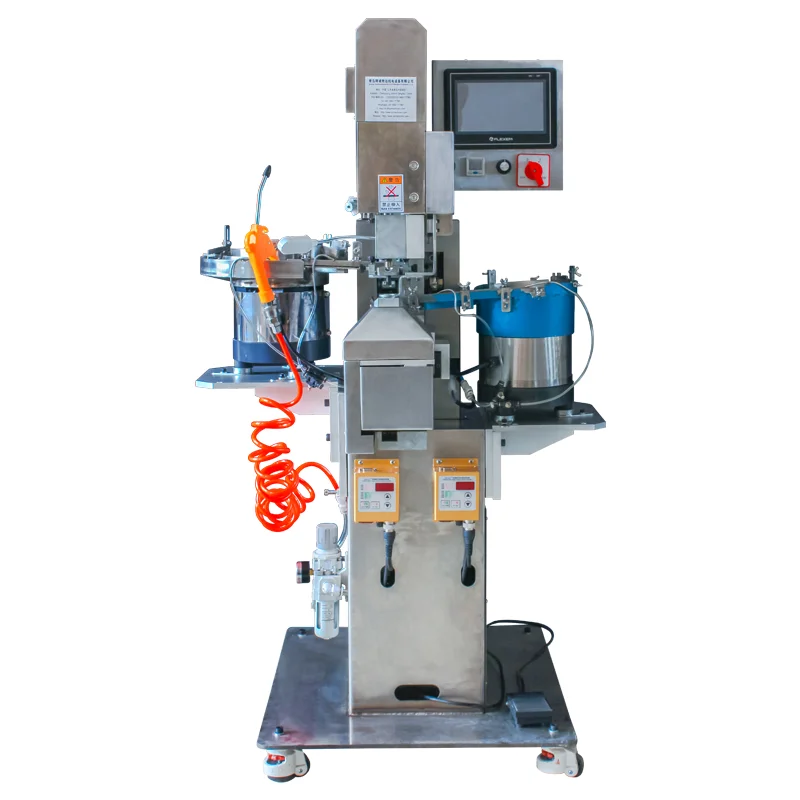
FAQ
What is the purpose of eyelets on shoes?
Eyelets allow laces to pass through and secure shoes. They prevent damage to the shoe material and help ensure a comfortable fit.
Can eyelets be replaced?
Yes, eyelets can be replaced if they become damaged or worn out. DIY kits and professional services are available for eyelet replacement.
What are the different types of eyelets?
Common types include round, oval, and D-ring eyelets, each serving different functional or aesthetic purposes.
How do I care for eyelets?
Keep eyelets clean and dry, check for rust, and replace them when damaged to ensure your shoes remain functional.
Can I install eyelets on my shoes at home?
Yes, with the right tools and materials, eyelet installation can be done at home. There are kits available that include eyelets, punches, and setters.
What’s the difference between grommets and eyelets?
While both reinforce holes in fabric or leather, grommets are larger and used in thicker materials, while eyelets are typically smaller and designed for shoes.
Conclusion
Eyelets may be small components of your shoes, but they play a crucial role in both the function and design. From ensuring a secure fit to adding a touch of style, eyelets are essential for the overall longevity and usability of your footwear.
Whether you’re dealing with everyday sneakers or high-end designer shoes, understanding the role of eyelets can help you maintain, repair, and even customize your shoes for optimal performance and style.

